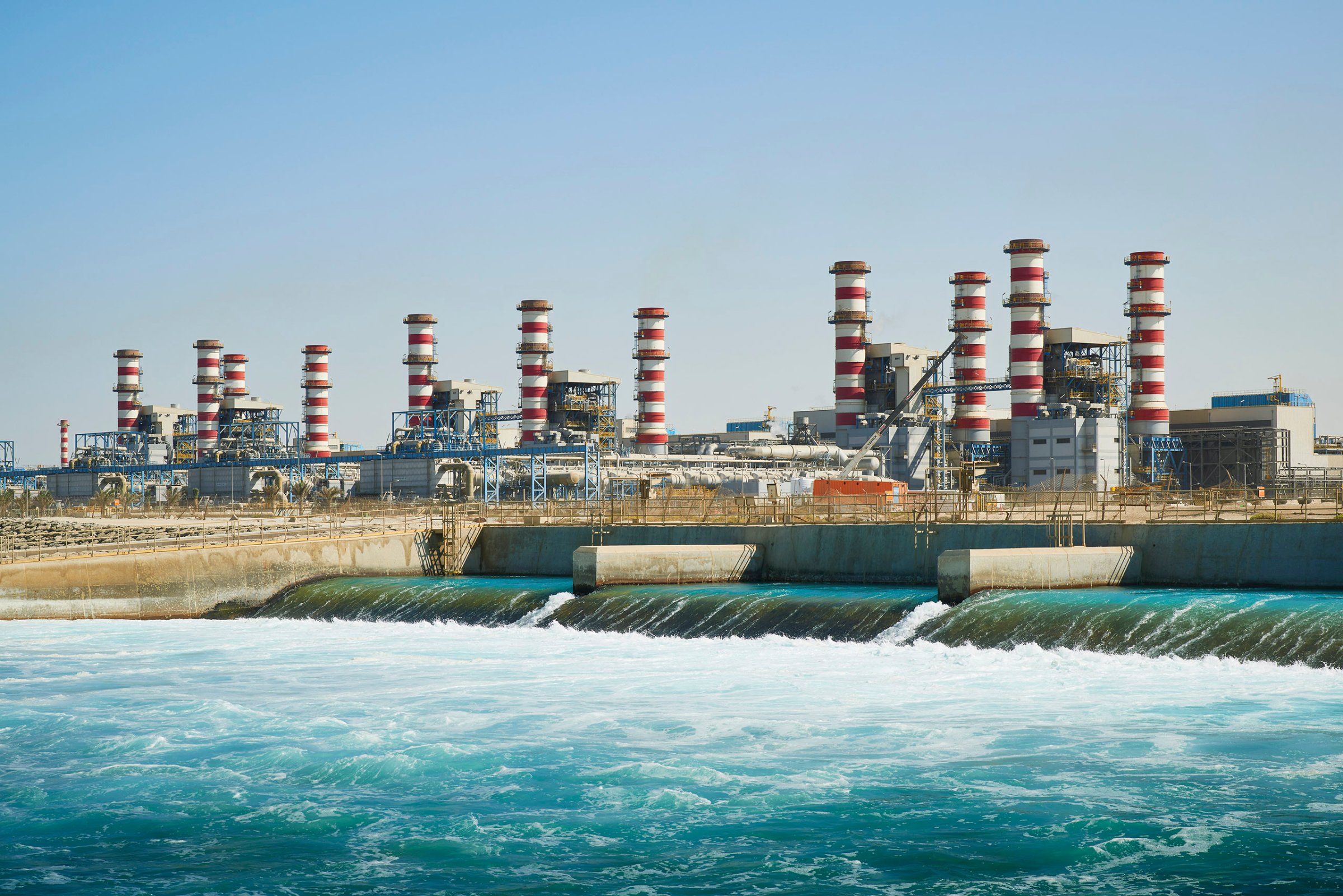
It’s in your clothes and your food, in the appliances in your home and the electricity that powers them. It’s in television and the Internet and the air. It’s in us–or more precisely, we are it, given that about 60% of the human body is made of it. To call water the basis of life doesn’t give it enough credit, yet we often treat water as an afterthought. Until it’s gone.
Already, 1.2 billion people, or nearly a sixth of the world’s population, live in areas afflicted by water scarcity, and that figure could grow to 1.8 billion by 2025. Globally, the rate of water withdrawal–water diverted from an existing surface or underground source–increased at more than twice the rate of population growth over the past century. Climate change could intensify desertification in already dry parts of the planet. The world is projected to hold 9 billion people or more by 2050–and they’ll all be thirsty.
So in 2015 and beyond, the challenge of water scarcity will only grow, which could lead to global instability. But it doesn’t have to be that way. Efficiency can stretch existing supplies. (In the U.S., overall water use has fallen even as the population has grown.) And an old technology, ocean desalination, is getting a fresh look as high-tech plants churn out millions of gallons of freshwater a day. The Jebel Ali plant in the United Arab Emirates, shown in this photo essay, can produce 564 million gal. (2.13 billion L) of water a day from the sea, a sign of the sheer scale that may be needed in a drier future. The truth is that we can do anything with water–except go on without it.
More Must-Reads from TIME
- Donald Trump Is TIME's 2024 Person of the Year
- Why We Chose Trump as Person of the Year
- Is Intermittent Fasting Good or Bad for You?
- The 100 Must-Read Books of 2024
- The 20 Best Christmas TV Episodes
- Column: If Optimism Feels Ridiculous Now, Try Hope
- The Future of Climate Action Is Trade Policy
- Merle Bombardieri Is Helping People Make the Baby Decision
Contact us at letters@time.com